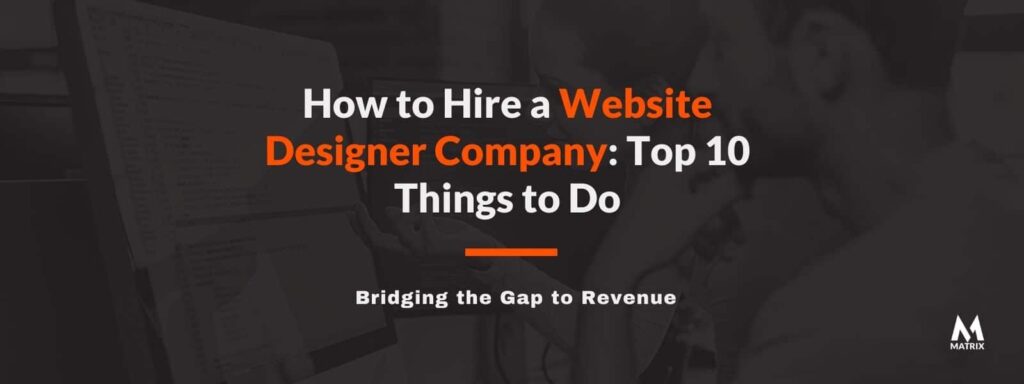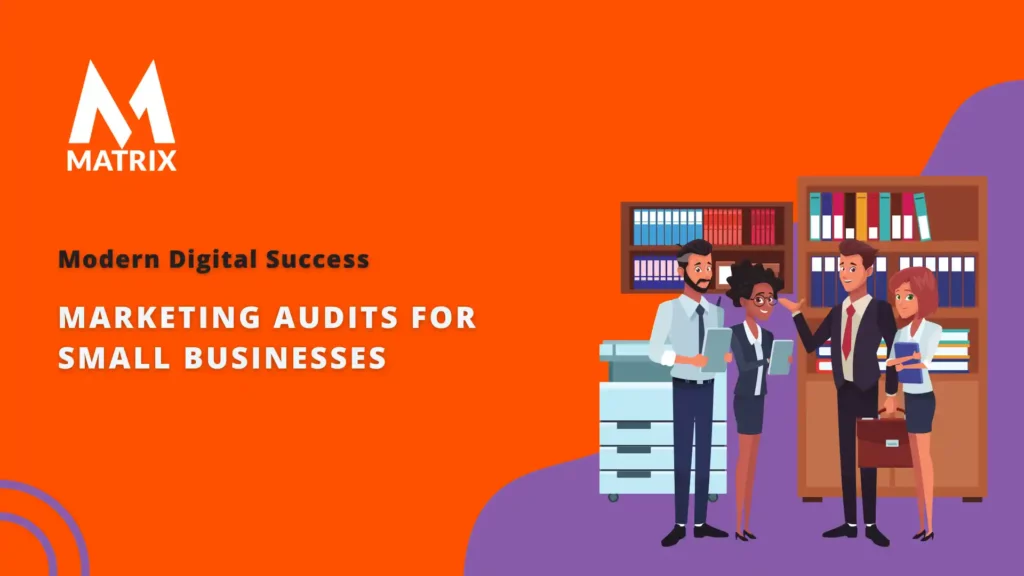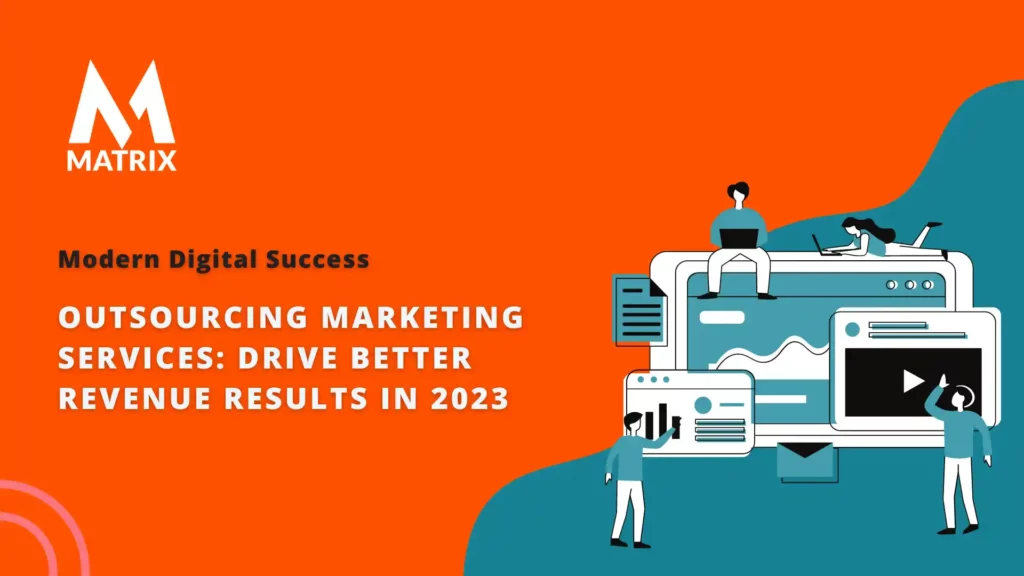Ten Things You Must Do When Hiring A Website Designer Company
Here are the top ten things you must do when hiring a website design company today.
Web design isn’t simple. If it were, everyone would be doing it!
It’s one thing to put together a primary, functional site that tells your audience a little bit about your brand. It’s another to create a site that enhances investment, converts visitors to consumers, provides excellent UX, and serves as a useful flagship for your company. But that’s definitely what all business owners want!
Technical and user-friendly web design takes art and science. Here what a solid website looks like.

Web design requires creativity as well as a knowledge of what works on a practical level. Hiring a web designer isn’t just a question of finding one who will accept your budget; there’s a lot more involved.
Let’s talk about ten things that you should do when hiring a web design company. These ten must-do covers the entire process: before you hire, while you interview, and choose your web designer.
Have A Clear Vision for the Website Designer Company
Creating excellent web design starts with you as a representative of your brand — you need to know the company inside and out.
That means more than just knowing the products that are on offer, or the audience you will cater to. It means compiling the:
- The mission statement for the brand
- Brand objectives for the launch
- Brand growth goals for six months, one year, five years, etc.
- Target audience demographics
- Brand aesthetics
- Brand personality
- Market research and competitors
These are easy to put down on paper, and they provide the “essence” of the brand. Creating a website is one of the most blatant acts of branding that can be done. The site will be the home for the brand — and the home should reflect the brand itself.
You can’t expect the web designer you choose to create the perfect site for your company if you don’t have a clear vision of what you expect from the site. And that vision starts with you.
Compile A Creative Brief Budget, Structure, Etc.
Once you have your vision for your site clear in your mind, the next step is to make sure that the vision’s parameters will be accessible to the designer you hire.
Write a creative brief, compiling all the essential information that you put together in the first step. Creative briefs aren’t very long usually only a few pages but they are vital to enable communication between business and web designer.
Your brief will serve as a game plan, basically, for putting the website together. Include your market research, target audience, and details on brand personality and mission statement.
Details such as your allotted budget and the timeline for project completion should also be clearly outlined.
Any requirements, or even just a wish list that you have for the site’s overall structure, can also be included. An example would be requesting a minimalist design based on the effectiveness of that type of design and how well it matches your brand.
Not all graphic designers would choose to use that style, and including it in the creative brief will help weed out those who could balk at such directives.
Provide Existing Branded Materials
When we think about branding, we often think about the visual aspect of a company’s marketing or product packaging. Visual parameters should also be included in the creative brief.
It’s worth mentioning separately, because, as mentioned, the company website is one of the only examples of branded material. By the time you get to your site’s design, you will likely already have made some aesthetic decisions for your brand.
That could include color palettes, fonts, style, tone, era, trend, logo, etc.
If you have samples or examples that are completed, make sure to append them. Otherwise, outline your style manual to let the designer know which colors, fonts, etc. they should work with.
It’s always good to include a few different options. You don’t want to work with a color palette that is too limited, for example. And keep in mind that your designer will have experience in crafting appealing aesthetics, too, so try to keep an open mind when they make suggestions.
Use Networking For Professional Insight
Now that you’ve done the groundwork, it’s time to start your search for the ideal website designer company. So what do you do? Fire up Google and start looking for the first website design team that comes your way?
Well, that’s one way to go about it — but there are many design teams and individuals out there, and not all of them are going to be what you want.
A smarter way to go about your search is to reach out to colleagues and other professionals for recommendations. This is especially true if you know other business owners who have similar aesthetics and similar needs to your own.
Keep in mind that web designers are doing their networking, primarily if they work independently or on a freelance basis. They will be reaching out, looking for clients, the same way you are reaching out, looking for a designer.
Even if your contacts don’t have sites in the same genre as yours, it’s still worth asking about their designer. Many designers can work with a variety of styles and objectives.
Just be sure to ask your contacts about the overall experience of working with the designer, not just the end product. Find out about their reliability, ability to stick to a deadline and a budget, and how professional they were to work with.
If you know your colleague well, they may even be able to tell you whether they think you and the designer would interact well and find common ground on the project. Sometimes, only knowing that you’re working with a pleasant, friendly professional makes the stress of developing your website much easier to handle.
Examine Examples Of Their Work
Once you have a few potential designers to set up interviews with, take the time to look at their portfolios beforehand.
They may have actual portfolios, whether physical or virtual.
They also should have examples of their work in action, primarily through currently operating websites that they either designed themselves or were involved in creating.
As you go through the samples, look for:
- Demonstrated ability to provide an aesthetic and style that fits your brand
- Excellent overall user experience
- Well-designed user interface and navigation
- Good use of space
- Smart visual choices
- Fast — or at least reasonable — page loading times
- Effectiveness of content, including the likelihood of converting or lead generation; i.e., ask yourself, “Would I take the next step if I was just browsing this site without analyzing the design?”
It’s essential to look for details such as the navigation design and the effectiveness of the content. It’s easy to get distracted by a flashy, pretty website, especially if there are many bells and whistles.
But some website designer company’s tend to get caught up in the intricacies of design, putting form over function. That leads to a top-heavy website that doesn’t provide a good user experience, which can hinder your visitors from converting.
Keep in mind, as well, that some designers have specific areas that they specialize in. You may have a designer who offers all website building needs, including primary content and visuals, from the ground up. Or the designer may specialize in UI and layout, leaving other details to others.
This is all-important to know because you might have to adjust your budget to bring another designer in for a portion of the project. Alternatively, your designer may have others they like to work with for specific details, and that’s vital to know upfront as well.
Interview For Creativity And Work Ethic in a Website Designer Company
After all that — groundwork, compiling your creative brief, networking, looking at portfolios — it is finally time to interview your potential website designer.
Whether you have a few designers to speak to or many, you must be determined not to settle. Remember, the stakes are high your site is your company’s public face, and it needs to be top-notch to see brand growth. When visitors come to your site, they’re going to form a first impression in milliseconds — and statistics indicate that 94% of that first impression will be centered on web design!
To see how well you and the designer will work together, focus attention on at least two aspects during the interview:
- Creativity
- Work ethic
Creativity should be reflected in the portfolio samples that you spent some time going over before the interview. But the interview itself is an excellent time to gain some insight into the designer’s working process.
- Why do they choose certain design elements?
- What do they think is most important in web design?
- Do they have any questions or concerns about the creative brief for your site?
Along with those questions, practical considerations should be addressed as well.
- How would they describe their work ethic of the website designer company?
- How often do they complete a job on time?
- Are they quick to communicate?
- What is their response time?
All of those are essential things to find out. Like you would discuss these things with a potential employee, you also need to know that your designer is reliable.
Isolate The Purpose For Each Page
As you start to work with your website designer company, take the time to focus on your website’s details. They should work up a wireframe or mockup to go over before they begin to build the site.
To make sure that you and the designer both grasp the significance of the site and the content, go through each page that will be included in the finished site design. You should be able to isolate the purpose of each page and establish what that page will include.
Even if you don’t have completed content, such as articles or images, you should have a rundown of what will be included before the website is launched.
Doing this enables you to make sure that you and the designer are on the same page in terms of the overall design goal. It also helps to ensure that no vital details are left out.
Communicate Regularly with your Website Designer Company
Good communication is one of the most vital qualities for a designer, and it is no less vital for you, as the brand representative. And while the depth of communication is important, regularity is important, too.
That doesn’t mean that you should be hovering over the designer at all times, or sending a message every hour to “check-in” on a process that could take weeks.
But it does mean that you should be available to answer any questions the designer has. And by the same token, don’t hesitate to ask any questions you might think of as the project moves forward.
As you agree with your chosen designer, you may opt to include regular updates as a requirement for your contract. These don’t need to be extensive, but it’s a way to let you know that the project is pushing forward.
Collaborate On The Launch
Designing the site itself is the most significant part of the battle but it’s far from over when the design is in place.
The launch of your website is the proving ground for how well the site will do. This is especially so if your site has been well-publicized beforehand and if there is a large audience just waiting to visit!
As the launch draws near, work with your web designer company to have a launch plan in place. Outline your goals for the launch and for the time immediately after. If there’s a chance that the site will be overloaded with traffic, have a maintenance plan in place as well.
Someone You Would Want To Work Within the Website Designer Company
One of the essential tips for hiring a website designer and working effectively on your project is based on the golden rule treat others the way you want to be treated.
If you want your designer to be easy to work with, do your best to be easy to work with as a client, as well. Communicate. Be open and direct, but polite and friendly. Respect their experience and their expertise.
Do all the things that you want them to do for you, and keep the right attitude towards the project as a whole.
Designing a site isn’t easy, and it often isn’t a one-and-done situation, either. It’s essential to choose the ideal website designer to work with and equally as important to maintain a great working relationship with them after you hire, straight up to the launch, and beyond.
Alicia Rother is a freelance content strategist who works with small businesses and startups to boost their brand reach through creative content design and write-ups. Her area of expertise includes digital marketing, infographics, branding, and graphic design. You can connect with her here.
We’re listening.
Have something to say about your thoughts on a website designer company?
Share it with us on Facebook, Twitter, or LinkedIn.
General FAQs
What type of websites have you worked on?
A good Website Designer Company will try to have a diversified portfolio identifying him/her as a professional in their field. Diversity doesn’t mean just the type of industry they usually design and the type of designs they are familiar with.
Do you have a portfolio to show?
A seasoned Website Designer Company would be confident in showing their expertise to their potential clients only through completed work. They would have portfolios on Behane, Deviant Art, or perhaps even AWWWARDs, which are the ideal platforms to showcase professional work.
Do you have any questions for me?
A professional web designer will know what to ask to get a complete picture of your brand, business, and requirements. A website design can’t start without a creative brief, which details everything the client wants, and some more. Be suspicious if your designer doesn’t ask you anything.
How will you deliver the work from for the website design company?
It’s customary to deliver website design work in stages to avoid wasted time, misunderstanding, and client satisfaction. If your designer agrees to this, then you’ve got a great team member on board. If your web designer insists on delivering everything at once after a long duration, be cautious.
Will you charge after work or before work?
Let’s be fair- web designing is hard work, and it’s intensive as well. As a client, you don’t want to be robbed, and likewise, your web designer, too, doesn’t want to be robbed. Establishing the ground rules for payment will help create trust between the two of you. This should be done before the contractual work starts.




